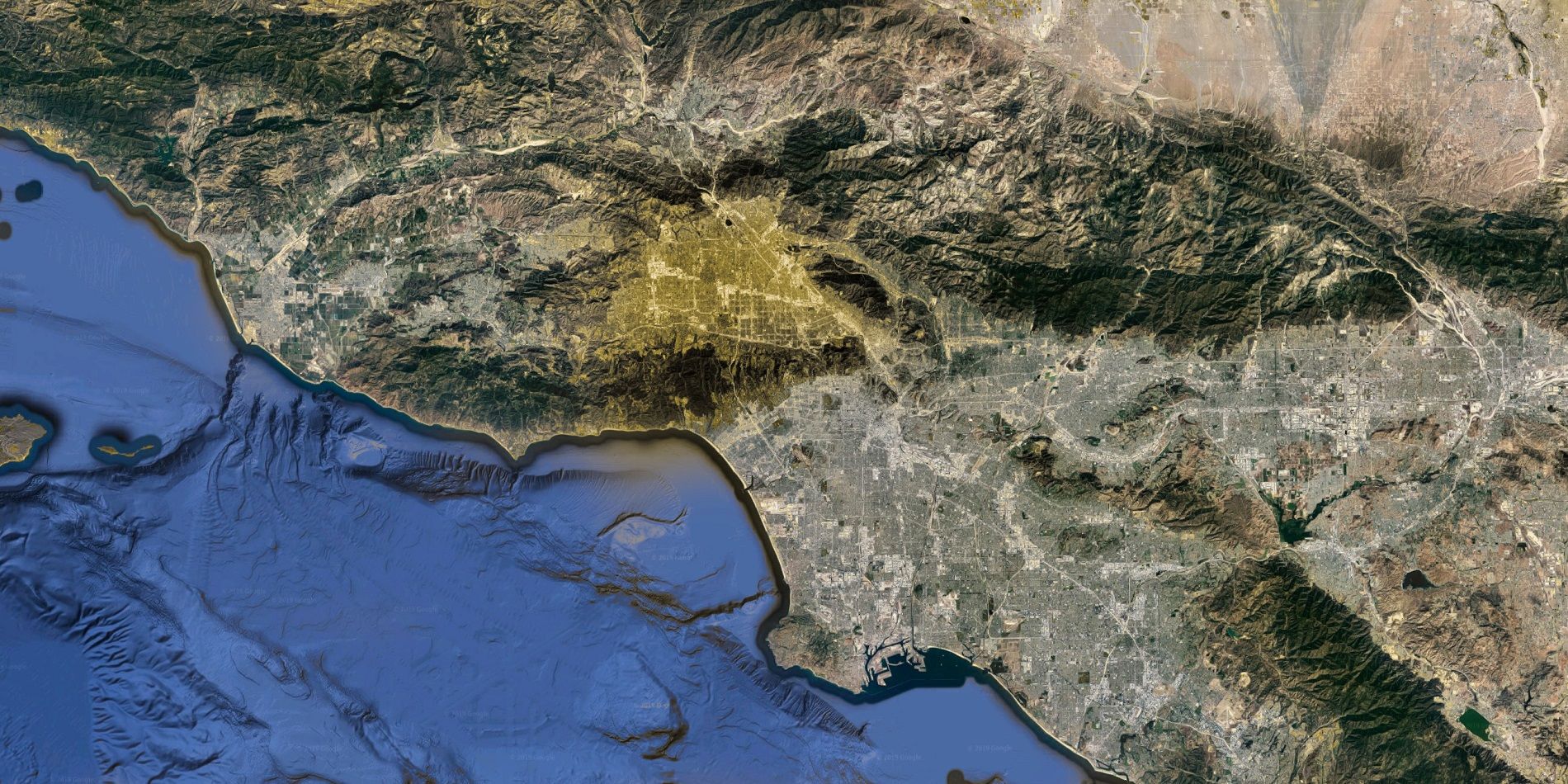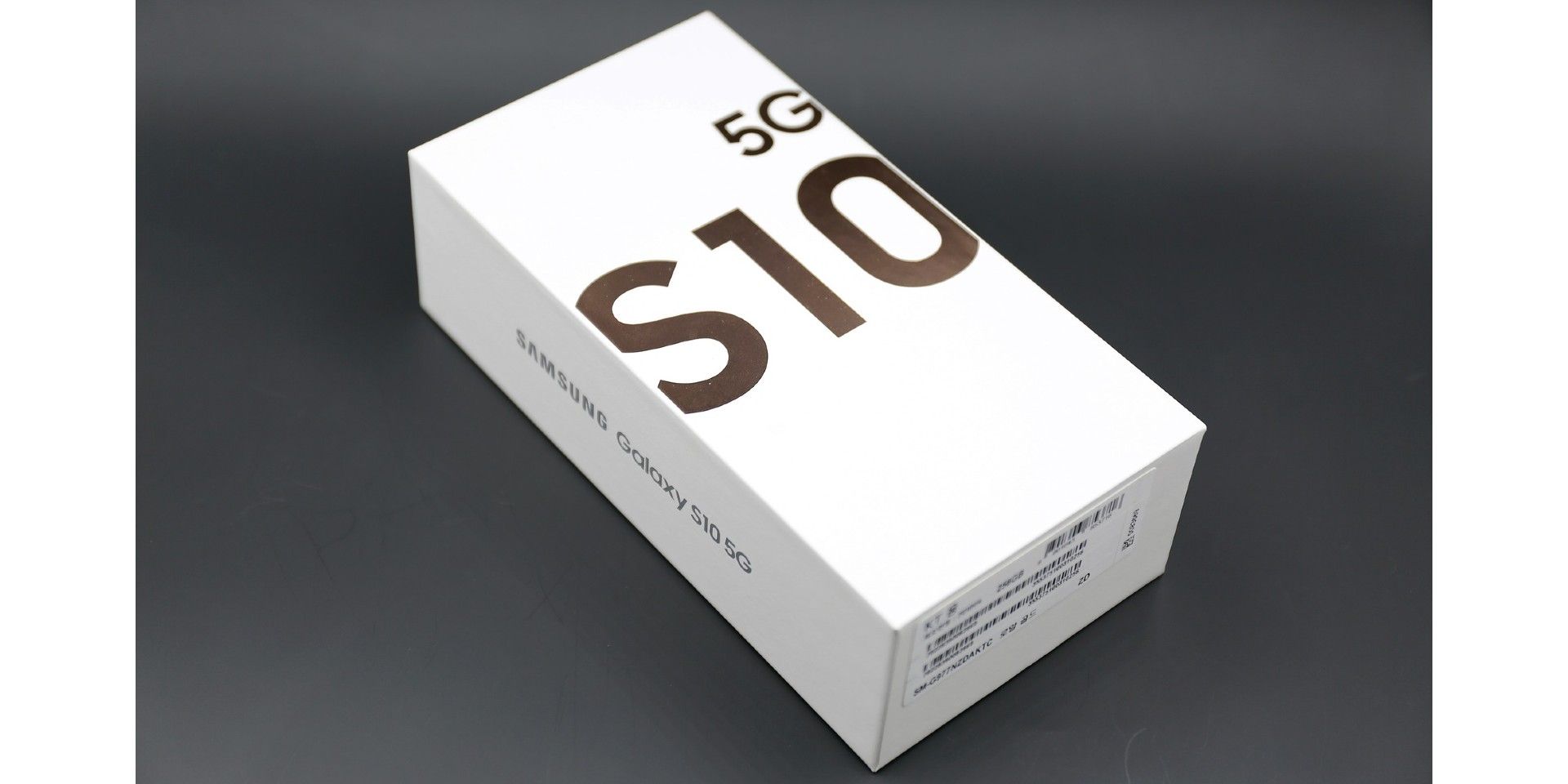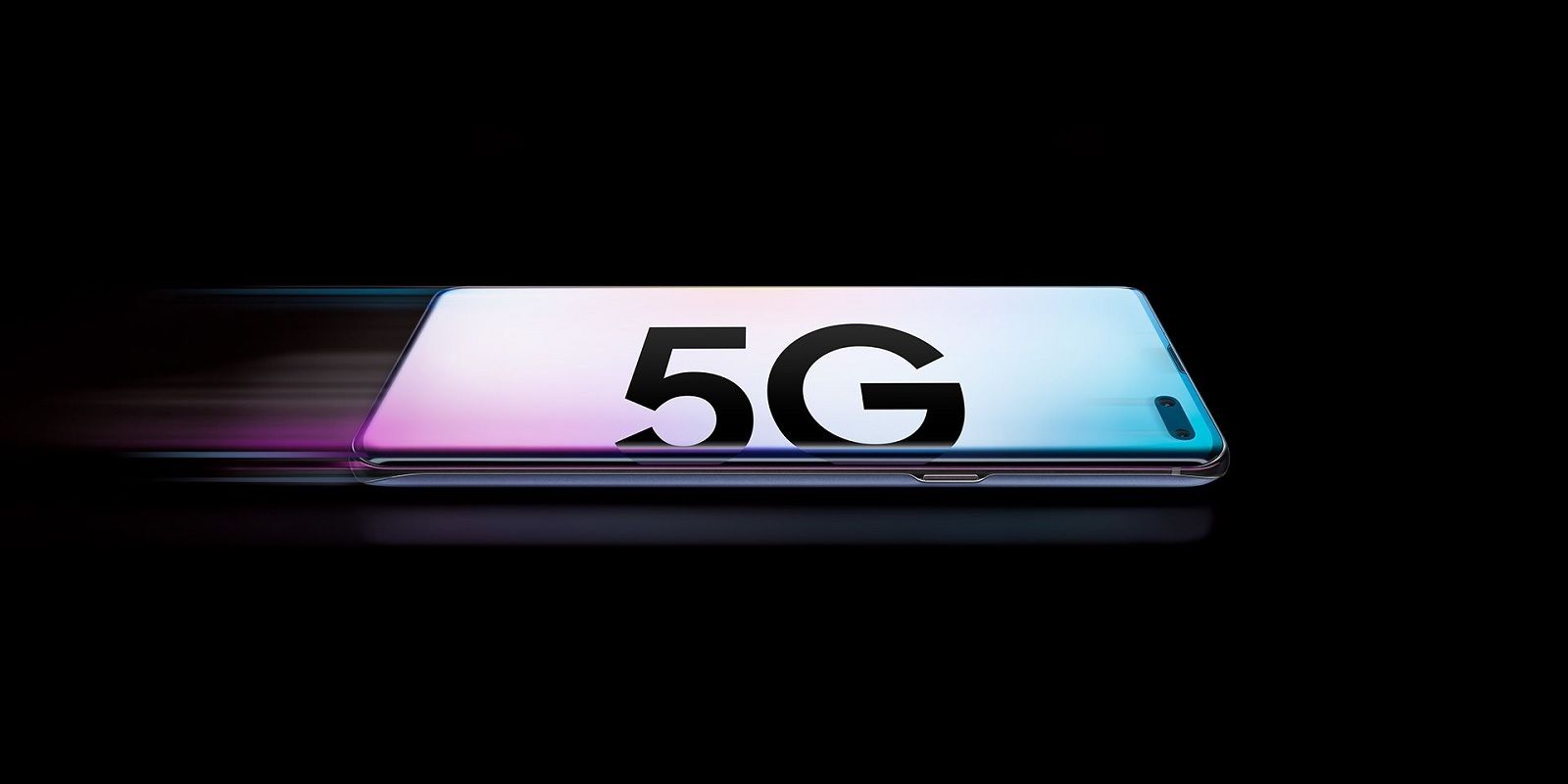Wireless service providers are rolling out 5G service to several cities this year with more on the way - but which cities have it right now? For some lucky people 5G is already here and the rollouts have been slowly taking place over the past twelve months. The only problem is, even if 5G is listed as live in a particular city, that’s not to say it is live all over that city.
5G is the next step in cellular technology. It is expected to massively change the way people connect to services and to each other. The key selling point of the technology is faster download and upload speeds - but that’s only half the story. 5G is capable of handling more data at the same time and travels less distance compared to 4G LTE.
This combination of less distance, greater bandwidth, and faster speeds are set to revolutionize video streaming, gaming, virtual reality, and much more.
5G Is Live Now, Just Not Everywhere
AT&T, Verizon, T-Mobile and Sprint - have been hard at work preparing 5G deployment. They have started rolling their networks out in various cities with 5G now available in the following US cities:
- Atlanta
- Boise
- Boston
- Birmingham
- Cleveland
- Chicago
- Dallas,
- Denver
- Detroit
- Houston
- Indianapolis
- Kansas City
- Las Vegas
- Los Angeles
- Milwaukee
- Minneapolis
- New York City
- Omaha
- Panama City
- Pittsburgh
- Providence
- Rochester
- San Diego
- San Francisco
- San Jose
- Sioux Falls
- Saint Paul
- Washington D.C.
In almost all of these cities, 5G is not lit up in all parts of the city. Instead, there are small sections - in some cases, just streets - where 5G is available. Further adding to the confusion, all of the major carriers do not currently offer 5G in the same cities. For example, if you live in Boston then Verizon is currently the only choice. There are exceptions to this rule with places like Atlanta, Los Angeles and New York being more widely supported by carriers compared to others. There are also different types of 5G that can impact the experience. For example, T-Mobile recently announced the rollout of its 5G network to more than 200 million people in the U.S., thanks to its 600 MHz spectrum. This network will compare differently to AT&T and Verizon's which both currently depend more heavily on the millimeter wave spectrum.
You Still Need a 5G Phone
Those that find themselves in a 5G location still need a 5G-compatible device to connect to the network - and very few smartphones are 5G-enabled today. That is expected to change next year when more phones arrive powered by Qualcomm’s Snapdragon 865 and 765 SoCs. As of today, the options most likely to be on sale in the local carrier store are the Samsung Galaxy S10 5G and the OnePlus 7 Pro 5G. There are a couple of Motorola phones that are compatible with 5G as well, but they require a specific Moto Mod to bridge the connection. Another alternative is to pick up a 5G hotspot directly from the carrier. Like the Moto Mod, these hotspots allow the user to connect to a 5G network without having a 5G modem in the smartphone.
Officially, the companies involved say 5G is arriving quicker than 4G did, and that they expect the rate of delivery to accelerate even more throughout 2020 and 2021. That seems likely to be true as the issues facing a full nationwide 5G rollout have been multifaceted, requiring many different pieces of the puzzle to come together at the same time. Those pieces are now finally starting to fall into place. One thing you can count on is if 5G becomes available in your location, wireless providers will do their best to make that loud and clear.



